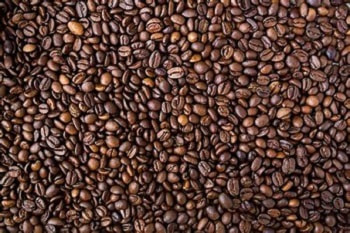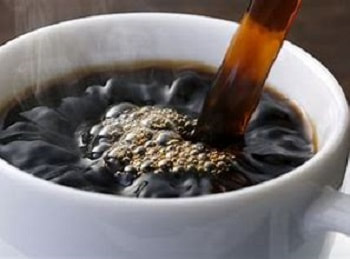|
A mere 500 years ago, coffee was not so ubiquitous a beverage but rather a novelty. Today it is a $30 billion a year endeavor worldwide. While it is cultivated exclusively in the southern hemispheres, substantially more of it is consumed in the northern hemispheres. Legend has it that an Ethiopian goatherd noted his flock’s highly roused reaction to eating the leaves and berries of a particular bush. He took these berries to a local monastery where experimentation eventually roasted, ground and added hot water. The rest became history as coffee traveled with traders across the Red Sea to Yemen. The actual earliest documentation of coffee drinking comes from Yemen when it was drunk by 14th century Sufi mystics in order to stay awake during extended religious ceremonies. The Imperial Ottomans enthusiastically took up the stimulant to fill the gap created when they abandoned alcoholic beverages in accordance with Islamic tenets. They flavored the black brew with cardamom, salep (a flour made from the tubers of orchids) and ambergris. Coffee, like its predecessor, was an essential lubricant at public social gatherings which produced the first coffeehouses. The Turks traded it to the Venetians who then carried throughout the Mediterranean. When it initially arrived in Western Europe it was still referred to as Turkish coffee. Coffeehouses followed the brewed drink and the rituals that accompanied it. In the non-Islamic parts of Europe, they served alcohol and food as well. Coffee made it to Britain in the early 15th century and to the Americas about mid-way through the same. By the late 19th C, coffee was a worldwide commodity. Each nation that embraced it gave coffee their own cultural bent. In England they drank it with honey, sugar or cinnamon. In New Orleans it was drunk with orange juice, orange peel, sugar and cognac. Italy has turned coffee into an art form with cappuccino, while France serves it au lait. It is still evolving and today we can order it decorated with a whipped and foamy milk. Early on entrepreneurs such as the Arbuckle Brothers of Pittsburgh had great success by pre-roasting the beans and selling it in one-pound paper bags to American cowboys with portable grinders. James Folger followed suit with the California gold miners. The US military lent a hand by including brewed and dried crystals of coffee to the ration packs for WWI solders or GI Joes. This is said to be the origin of the nickname of Joe for coffee. Unsurprisingly, the “coffee break” is an American invention designed to both provide workers with a brief break and a jolt of caffeine. Well, there is good coffee, there is hot acidic brown water and there is everything in between. An important coffee truth is that the closer to consumption the coffee beans are roasted and ground, the more flavorful the coffee. There may be as many processes to make and drink coffee as there are cups in which to serve it. Every year there is a new absolutely the best method of making coffee. There are percolators, French press machines, electric drip process machines, some programmable, and the pour-over method. If you don’t care for the inevitable metallic taste that machines usually acquire, you might prefer the pour-over method.
All that said, today’s recipe is for dessert, a Coffee Granitá guaranteed to end the meal on a refreshing and stimulating note. We have previously published granita recipes for Strawberry Granitá and for Cantaloupe Granitá. But give the coffee a try, it will surprise you.
0 Comments
Leave a Reply. |





